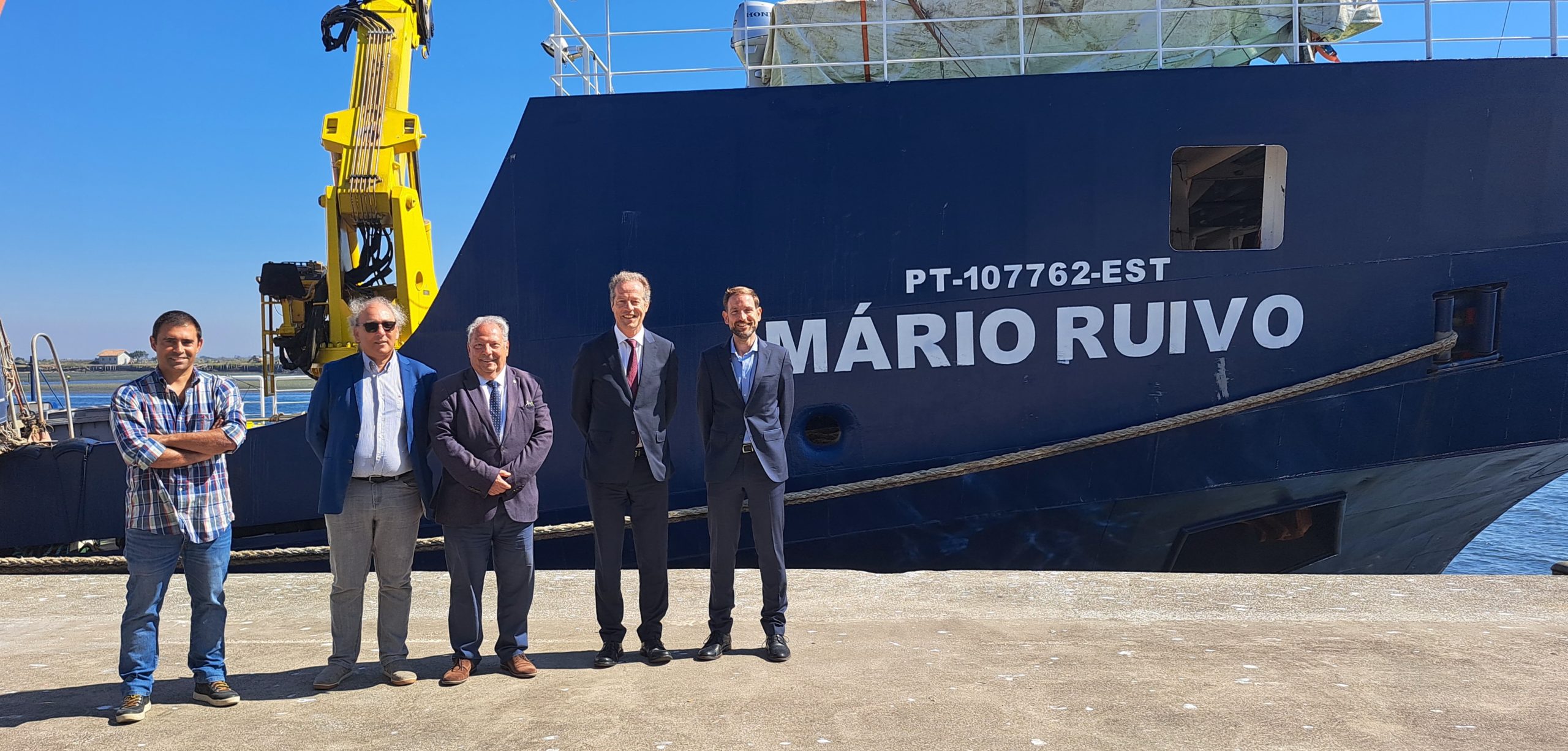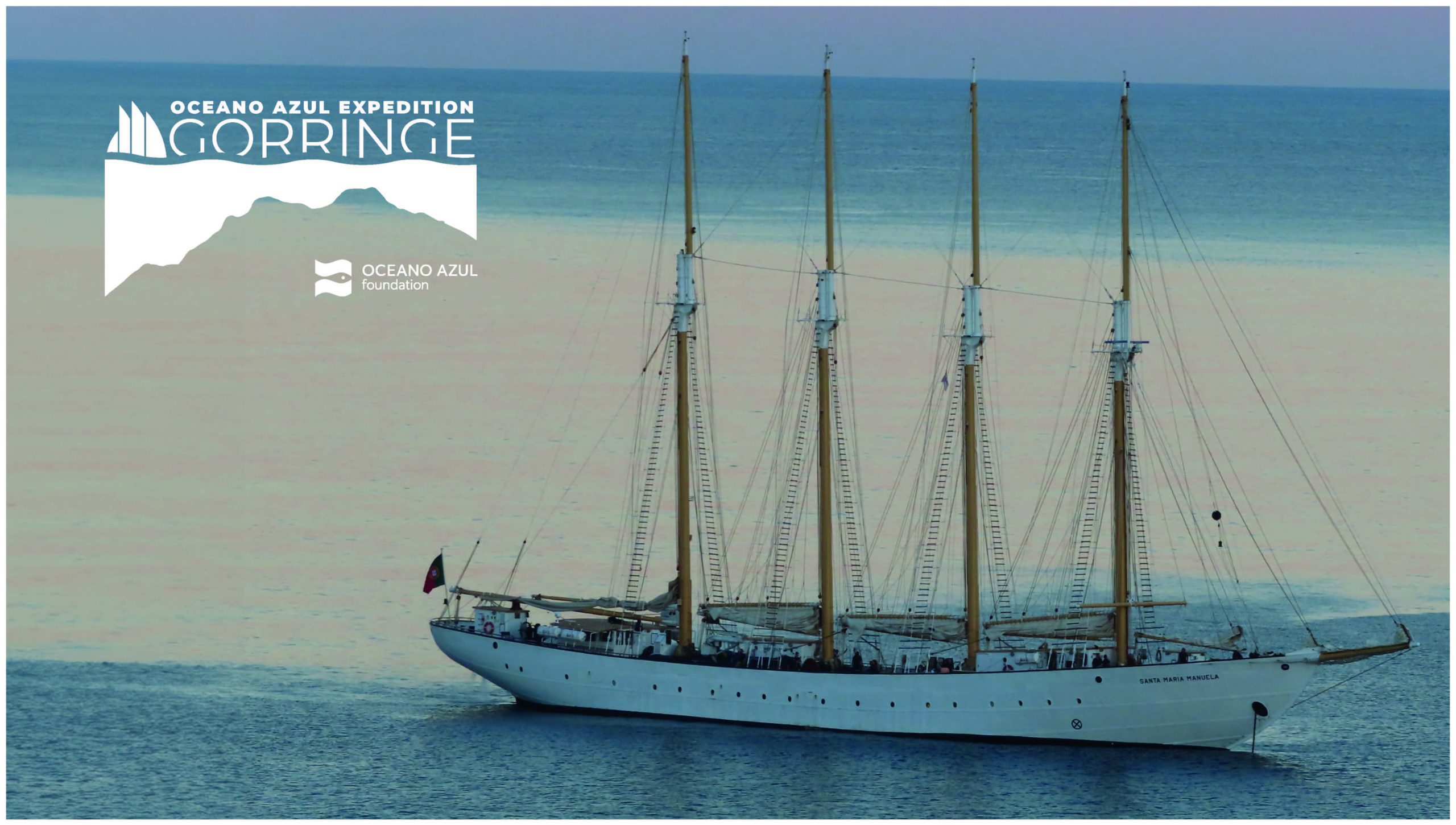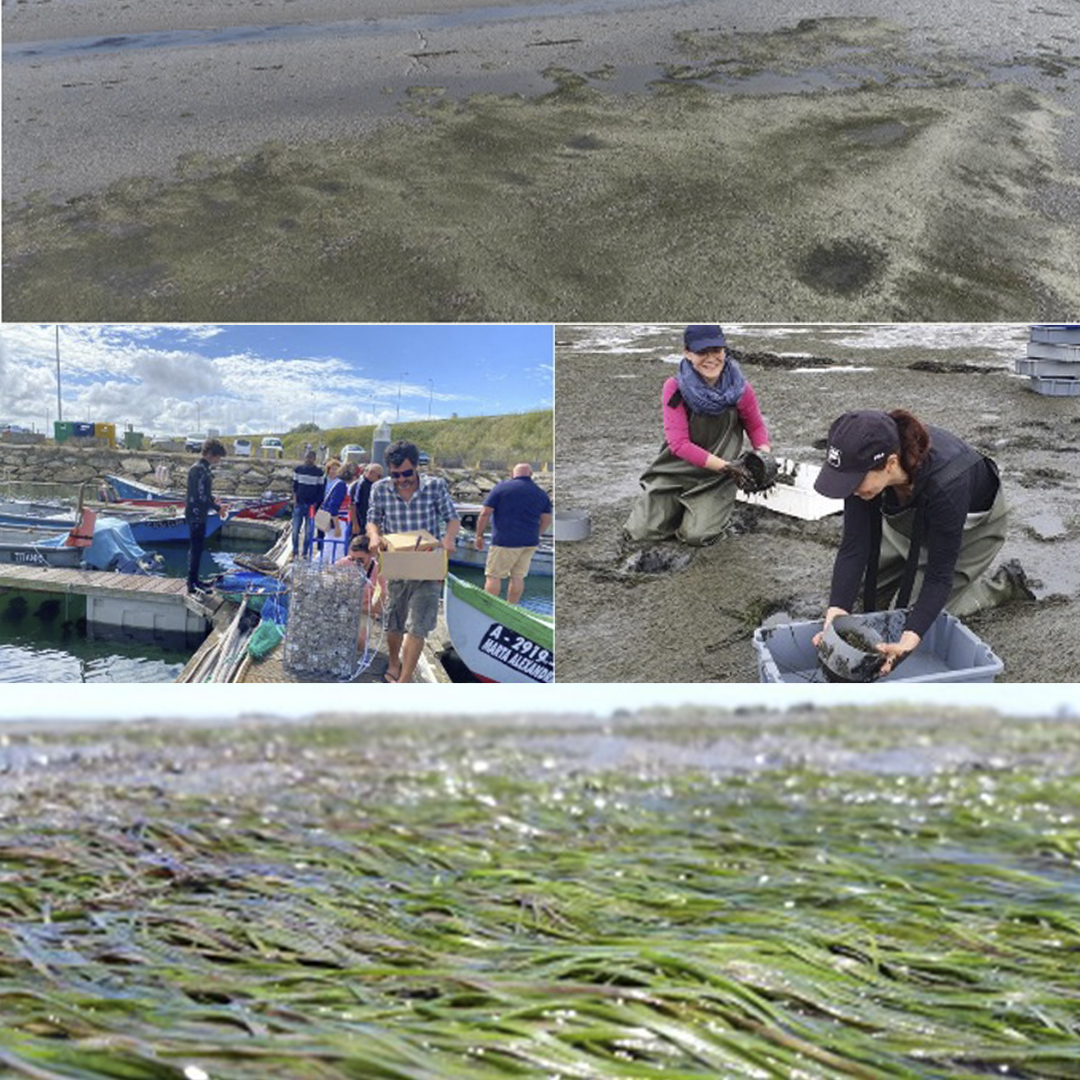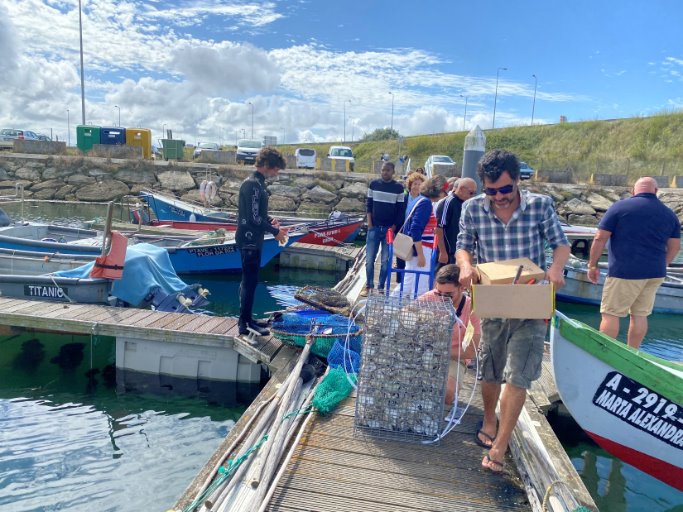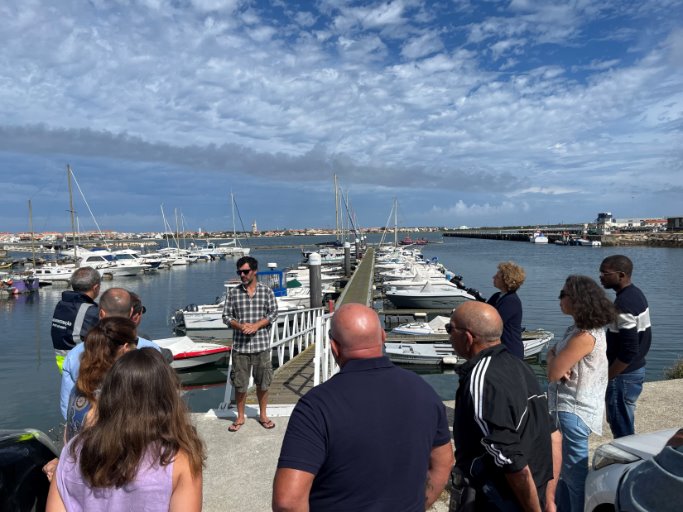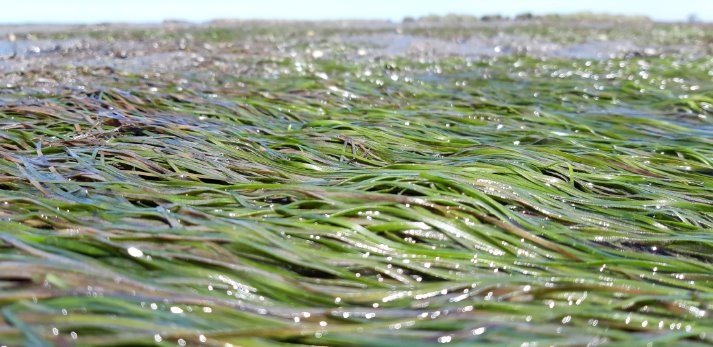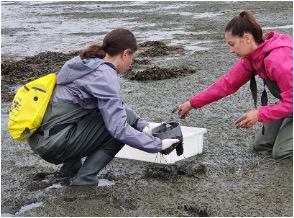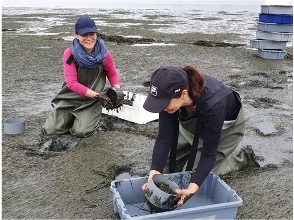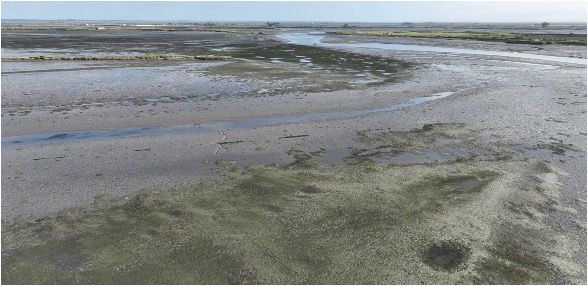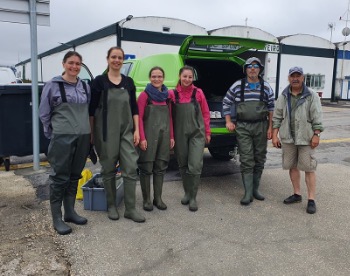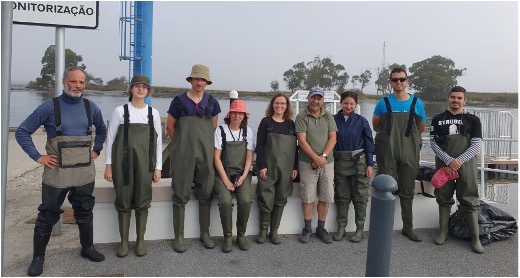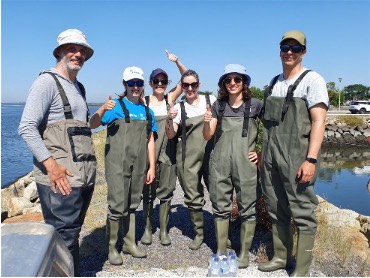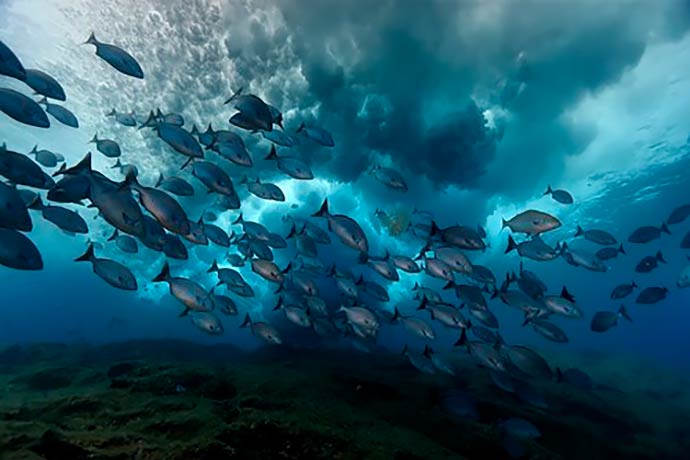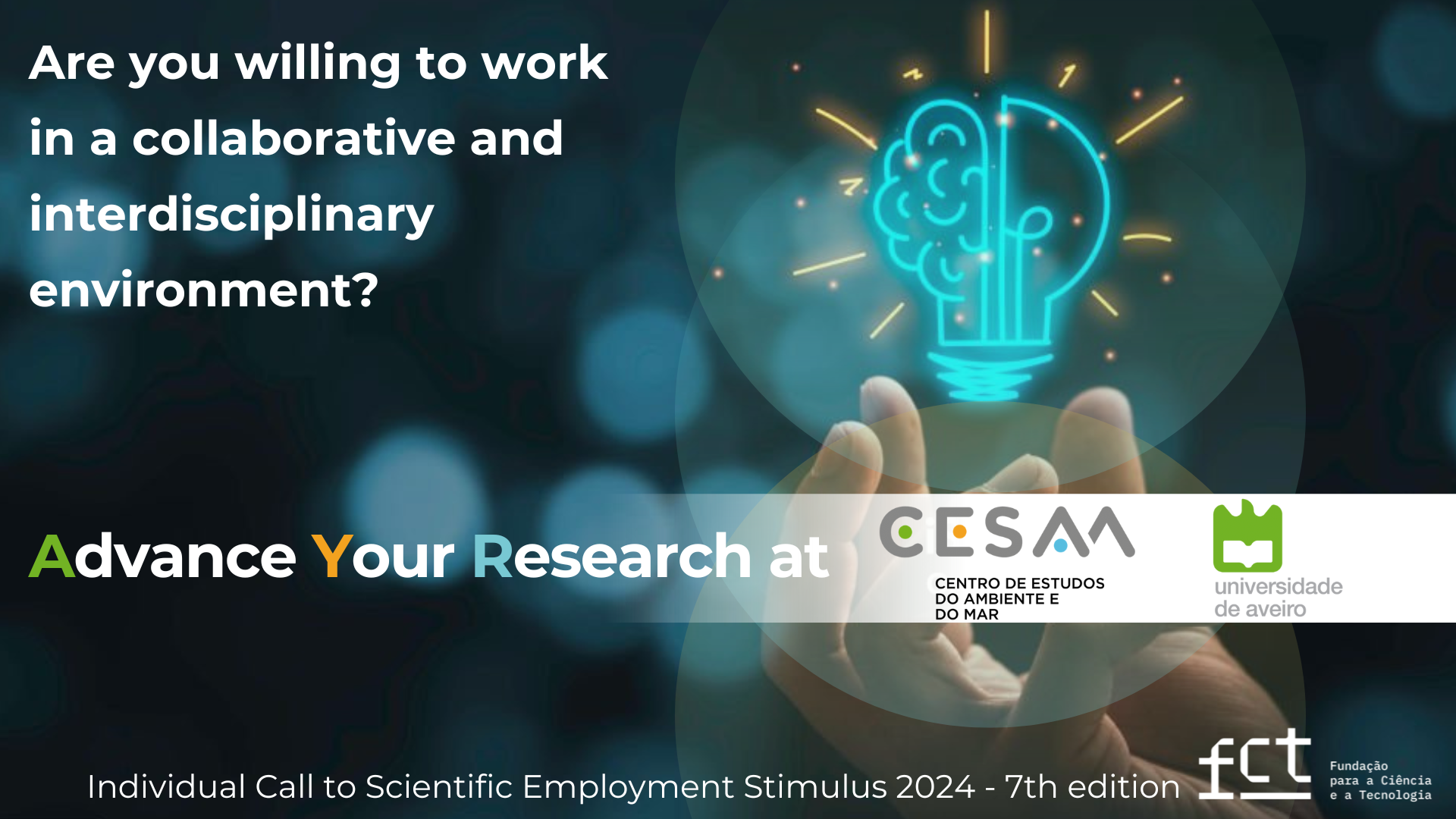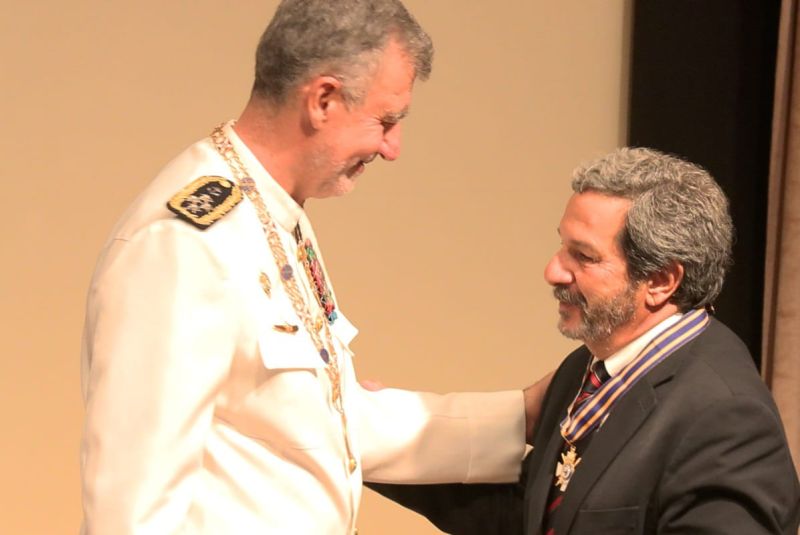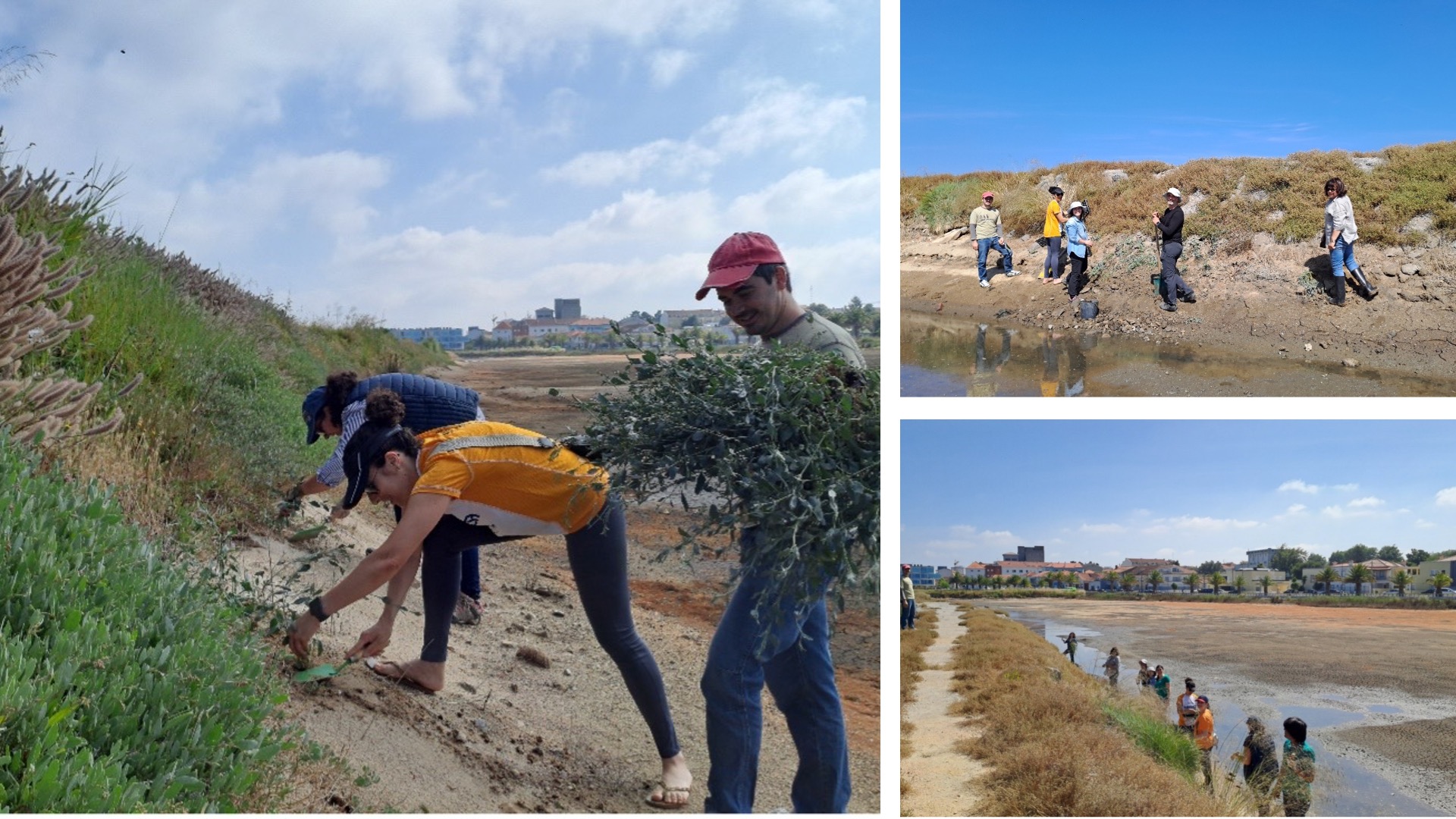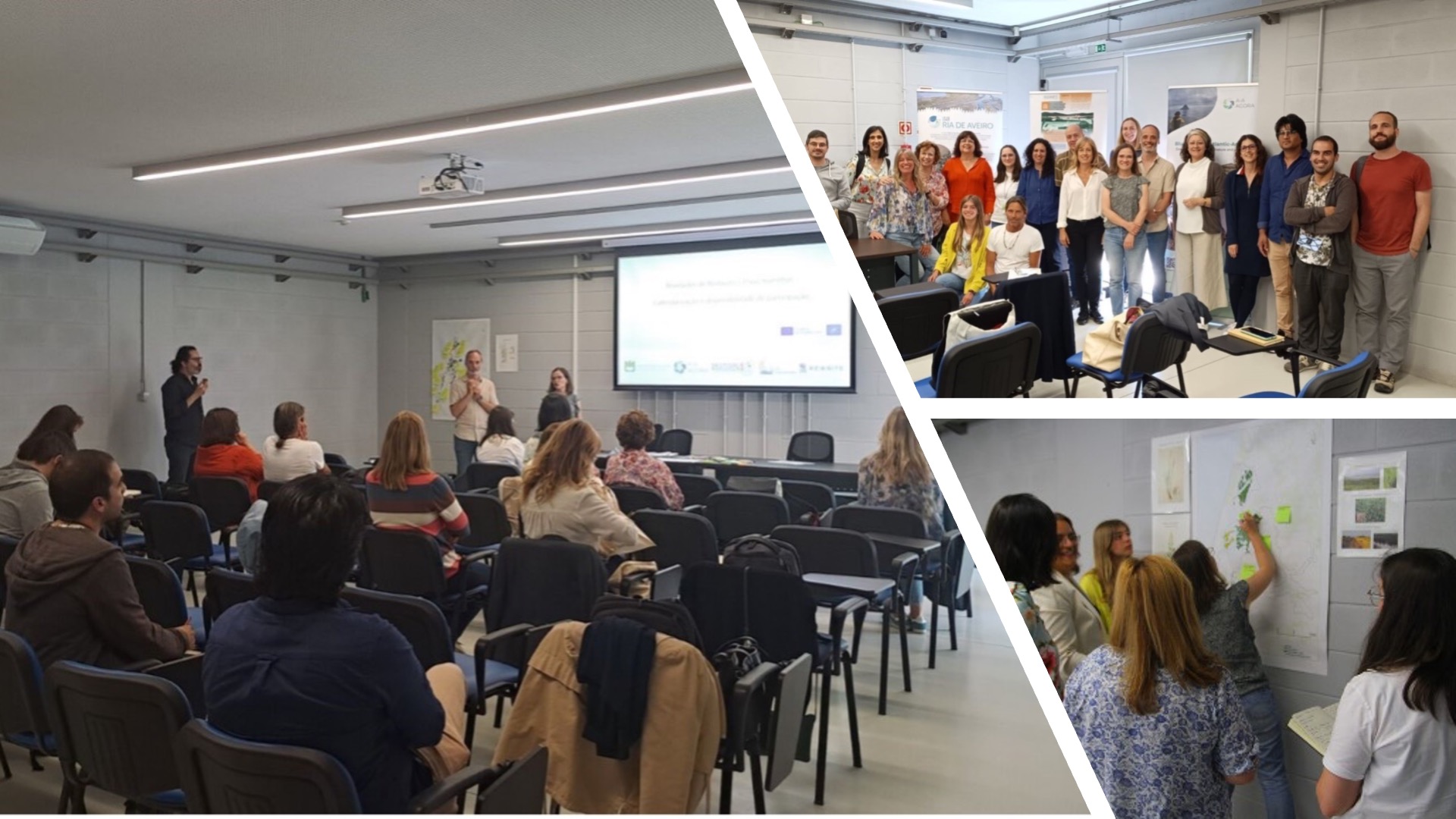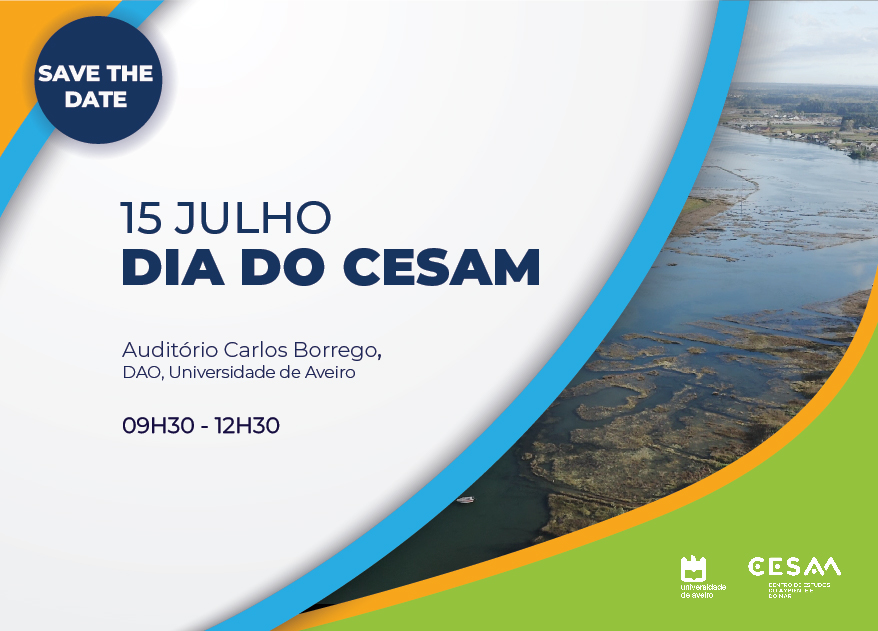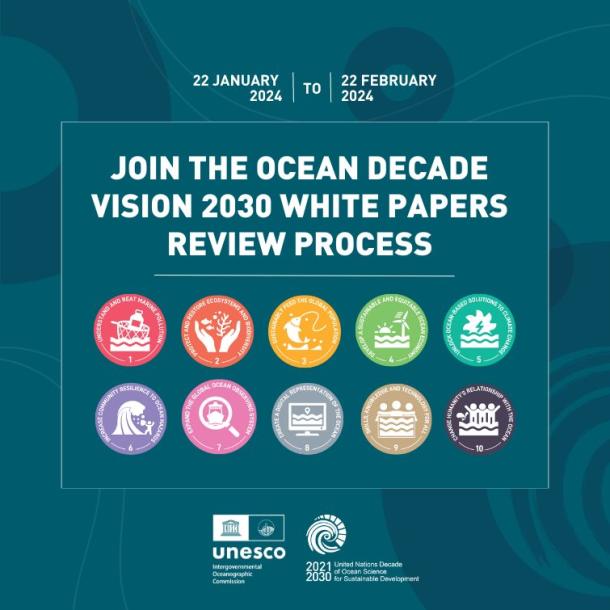On the 6th of September, the Research Vessel Mário Ruivo made a stop at the Port of Aveiro, during the sea campaign of the project “Technical studies for offshore energy potential”, within the scope of the PRR Recovery and Resilience Plan, where it received the delegation Norwegian parliamentarian, led by the Norwegian ambassador to Portugal, Hanne Bruscetto. The initiative marks 100 years of cooperation between the two countries in the area of oceanographic research.
On the same day, the host and president of the Portuguese Institute of the Sea and Atmosphere (IPMA), Prof. José Guerreiro received the presidents of the municipal councils of Aveiro and Ílhavo, Eng. José Ribau Esteves and Eng. João Campolargo, respectively, the president of the Administration Council of the Port of Aveiro, Dr. Eduardo Feio, and the scientific coordinator of CESAM – Centro of Environmental and Marine Studies, University of Aveiro, Prof. Amadeu Soares, as well as researchers and technicians from CESAM who boarded the multidisciplinary oceanographic and fishing research vessel (see news here, in portuguese) .
An initiative that illustrates the cooperative relationship between CESAM-UA and IPMA, reflected in the presence of CESAM-UA researchers in the first oceanographic mission, where for the first time, researchers from all Associated Laboratories of the Sea Area participated (see news here, in portuguese).
This multidisciplinary research campaign was decisive for the characterization of biodiversity and habitats in the seamounts of the Madeira-Tore Geological Complex and adjacent seamounts, also allowing the identification of new areas of high interest for the conservation of biodiversity in the region and constituting the scientific basis of support for planning and management of current and future classified areas.
